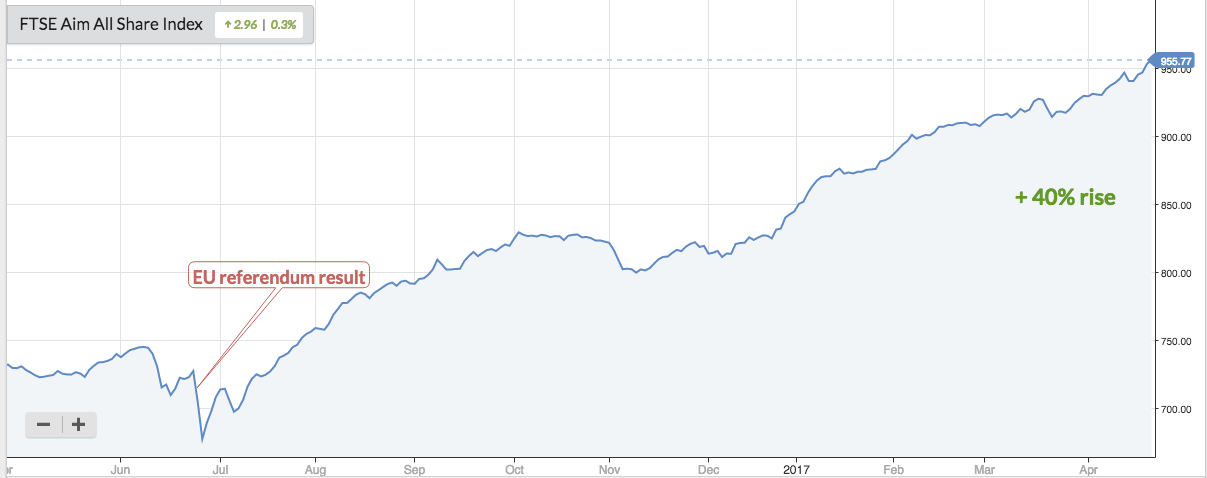The Alternative Investment Market has risen in value by around 40% since last June’s EU referendum. And while that performance is echoed right across the market, there’s evidence that AIM is starting to fight off some of the criticism often levelled against it. Specifically, there are signs of improving company quality, although it’s still the case that AIM is home to a lot of stocks worth avoiding.
Over the past 10 years, the number of companies quoted on AIM has fallen from 1,694 to around 967. Critics argue that’s a problem and that falling numbers highlight just how risky the market actually is. But it can also be argued that this decline has been a cleansing experience for AIM. It’s removed a lot of highly speculative, poor quality shares that shouldn’t have been there in the first place.

In terms of numbers, analysis of the coming and going of AIM stocks suggests that the decline might be slowing. Accountancy firm UHY Hacker Young says the number of companies leaving AIM dropped by 16% in the 12 months to the end of March, falling from 105 to 88. By contrast, the number of companies joining AIM rose by 5%, from 38 to 40. And funds raised in AIM IPOs rose from £753 million to over £919 million.
In terms of the market’s recent performance, the researchers at UHY credit positive trends in commodity prices and tech valuations for driving up the index valuation.
But there’s also evidence of more structural reasons for AIM’s positive trends. A recent survey of investors by the Quoted Companies Alliance - including the likes of Hargreave Hale, Downing and Schroders - found improving sentiment towards it. In particular, it found that fund managers see AIM as better now than it has ever been, with fewer failures and more quality.
However, it wasn’t all good news. Among the criticism, some managers claimed AIM’s performance had been “way below what a high risk market should be”, while one said that it was clogged by a large amount of “sediment” at the bottom of the market; micro caps that can’t get critical mass or the liquidity needed to attract investors. Others noted that a lot of AIM companies are dysfunctional and shouldn’t be listed and that the some AIM Nominated Advisers and Brokers are poor quality.
Ways to fish in the AIM pool
The idiosyncrasies…










